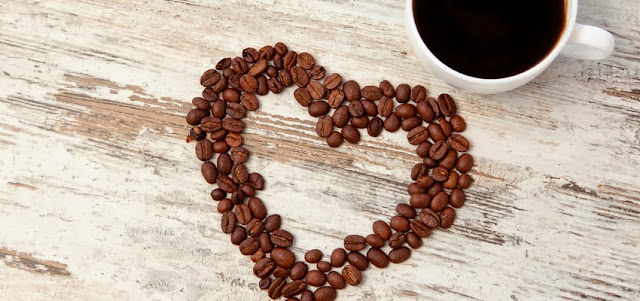Scientific Reasons You Should Listen To Your Heart (Not Your Brain
BY DR. JOEL KAHNHow many times have I told a patient that the heart is a muscle whose job is to pump blood 100,000 times a day to all the organs of the body?
Isn’t the heart just a vital (but fairly simple) bag of fleshy fibers? In the 1930s, Dr. Walter Cannon of Harvard Medical School showed that the heart responds to external nerves and hormones to help with a fight or flight response to keep us healthy.
And yet, haven’t we all felt moments when we were sure that joy, love, and appreciation emanated from our hearts?
New research is showing that the heart controls the brain much more than previously thought. I didn't learn these lessons in medical school or subsequent continuing education programs, but they are grounded in science. Some of these observations have profound implications and have led to practical therapies that I'll discuss in Part 2 of this piece.
Let’s look at 7 of the most important new findings about the central role of the heart in controlling the mind:
1. Some researchers refer to the heart as the "little brain."
There are 40,000 sensory neurons relaying information to the brain from the heart, leading researchers to call the heart the “little brain” and to coin the field as neurocardiology.
2. The heart communicates to the brain and the body.
It does so in four ways, via:
- nervous system connections
- hormones produced in the heart itself
- biomechanical information via blood pressure waves
- energetic information from the strong electrical and electromagnetic fields.
The fact that the heart produces hormones released into the blood stream affecting all of the body was first demonstrated 30 years ago and has led to tests routinely performed in hospitals across the country.
3. There is more information sent from the heart to the brain on a daily basis via these four means of communications than vice versa.
Indeed, the neurons within the heart enable the heart to learn, remember, and make decisions independent of the brain's cerebral cortex.
4. The heart emits more electrical activity than the brain.
The heart emits an electrical field 60 times greater in amplitude than the activity in the brain and an electromagnetic field 5,000 times stronger that of the brain.
5. The electromagnetic field of the heart is incredibly strong.
It not only can be measured anywhere on the body (using an EKG with electrodes on the ankles and wrists) but also for several feet outside the body, too.
6. Activity in one person's heart can be measured in the brain waves of another person.
The electromagnetic field of two individuals (human or pet and human), touching or within a few feet of each other, can interact so that energy activity in the heart of one individual is measured in the brain waves of the other. The act of touch for healing therapies can be postulated to be due to this method of communication.
7. The electrical activity of the heart and the brain can be guided into a synchronous electrical rhythm easily measured and displayed by simply focusing on positive and loving emotions emanating from the heart.
This state of organ “coherence” is associated with improved higher level functioning, lower blood pressure and cortisol levels, and improved immune system function.
After 30 years of studying the heart, I am learning that exciting scientific findings are providing a dramatically different understanding of the heart and its relationship with the brain and the human body. The rich neurologic and endocrine structure of the heart make it possible to “train” the heart from acting in a frenzied and disordered manner during stress and anger to working in an optimal manner from lessons of peace, love, and harmony. The implications for education and treatment of clinical disorders, optimizing work performance, and offering students strategies to maximize their satisfaction and achievement are profound and will be covered in part 2 of The Smart Heart.

Niciun comentariu:
Trimiteți un comentariu